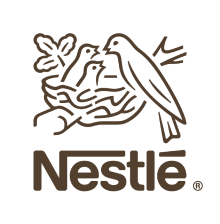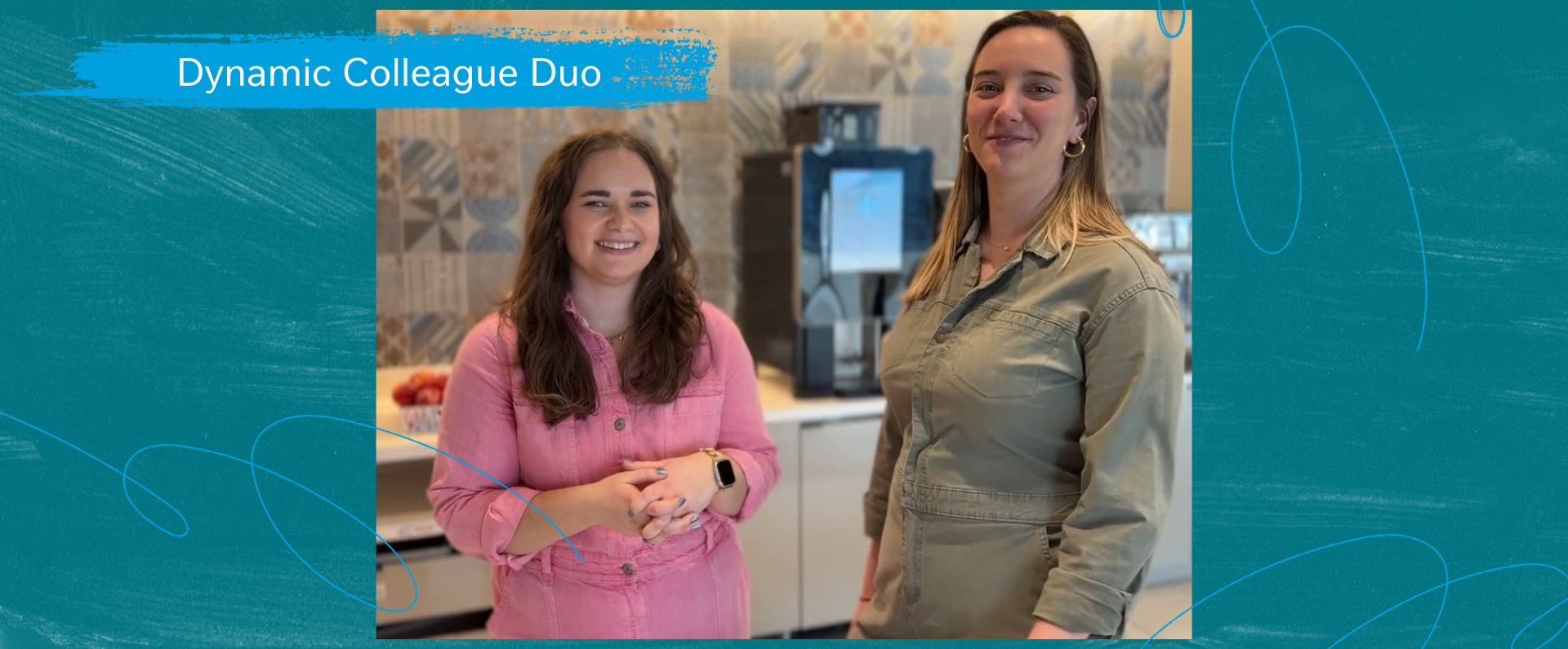
Inspiring Sustainability: A Career Journey
Meet Gopi, Vice President of Sustainability as he continues to drive our company’s
innovative future towards caring for our planet.
What inspired you to pursue a career related to sustainability?
Growing up, we had a family friend who was an environmental activist. His example showed me that we all have a responsibility to care for the planet. Then while in college, I learned about environmental engineering as a career path from a professor with a similar drive. She became my advisor and supported me with my first environmental engineering internship. From that point forward, my career has always focused on environmental responsibility.
Can you share some of the key sustainability initiatives or projects you’ve worked on
that you are most proud of?
I’m proud to have been involved in Purina’s journey towards 100% renewable electricity by 2025 from nearly the beginning. We’ve invested in a large-scale wind farm that supplies electricity to two of our factories. We have also embarked on a series of investments in solar power that are contributing to our 100% renewable electricity goal by 2025.
How do you measure the impact of your sustainability efforts within the organization?
There are several key performance indicators (KPI’s) we track to measure our progress. Greenhouse gas emissions, water consumption, and packaging initiatives are among the many sustainability KPIs closely monitored throughout Nestlé. However, assessing impact goes far beyond that. When sustainability shifts from just being a buzzword to becoming a way of life for us and all of our colleagues—both at home and at work—we as sustainability professionals are doing our job. It’s our ultimate goal to inspire our associates and consumers to join Purina on this important journey.
What are some of the biggest challenges you face in sustainability within your area?
Because many of the governing standards are new or developing, sometimes we see inconsistencies in how various sustainability objectives are defined and achieved throughout the industry. Another challenge is determining how we approach educating and engaging our consumers. I believe that most people want to do the right thing when it comes to this planet we share. Many folks just don’t know how to start. It can feel overwhelming.
How do you engage and educate employees about the importance
of sustainability in your area of focus?
We partner closely with our communications teams to make the most of key times of year, like Earth Month, where our team typically presents our annual company-wide initiative like the Dare to Care campaign and Pet Power Week, to get associates talking and thinking about sustainability in the workplace and beyond. We also supply folks with opportunities to take advantage of on-line and in person training on topics like packaging and climate. It really helps when teams can apply sustainability directly to their work. For example, associates on the factory-side of our business benefit from learning about the tools and equipment that help their facility conserve energy and water and reduce waste. Marketing teams come together to identify ways that their brands can take a leadership position in sustainability, as well.
Can you provide some examples of how your sustainability initiatives have
positively impacted the environment or the community?
When screening and selecting the locations for our three newest pet food factories, our sustainability professionals were able to influence the plans for these locations from the beginning, using newer, more efficient technology in our operations—while simultaneously protecting the surrounding wetlands and water bodies. Much of that work happens in close partnership with local government and other community leaders, giving us all an opportunity to make a difference together.
If you’re interested in a career in sustainability with us, be sure to sign up for our talent community so you can be the first to know when we have an opening.




